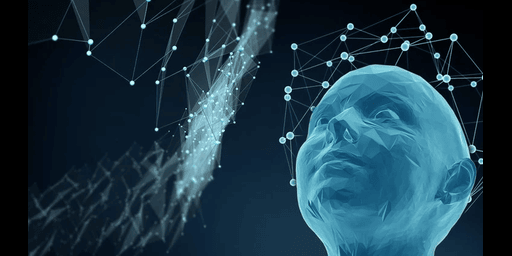


Artificial Intelligence (AI) and Machine Learning (ML) are rapidly transforming industries, from healthcare to finance and beyond. As more companies adopt AI solutions, the demand for skilled professionals in these fields is growing. If you’re just starting out in AI and ML, Python is the ideal programming language to begin your journey. In this guide, we'll explore the basics of AI and ML with Python and how you can take the first steps toward mastering these exciting technologies through Python training.
Before diving into Python, it’s important to understand what AI and ML are.
Artificial Intelligence (AI) refers to machines or systems that can perform tasks that would normally require human intelligence, such as visual perception, speech recognition, decision-making, and language translation.
Machine Learning (ML) is a subset of AI that focuses on building algorithms that allow computers to learn from data and make predictions without explicit programming. In ML, systems improve their performance as they are exposed to more data over time.
Python has become the go-to programming language for AI and ML for several reasons:
If you are looking to get started in AI and ML, enrolling in Python training can give you the foundational knowledge and hands-on experience necessary to build your own AI applications.
To build machine learning models in Python, you will need to become familiar with some essential libraries. Here are a few key libraries to help you get started:
Through Python training, you will learn how to use these libraries to implement your first AI and ML models.
Learn the Basics of Python: If you are new to programming, the first step is to build a strong foundation in Python. This includes understanding variables, data structures (lists, dictionaries, etc.), loops, and functions. Many Python training programs start with these essentials before moving to advanced topics.
Understand Core AI & ML Concepts: Familiarize yourself with concepts like supervised learning, unsupervised learning, neural networks, and deep learning. These are foundational concepts that will guide your understanding of AI and ML models.
Hands-on Projects: Theory is important, but hands-on experience is crucial. Start building your own simple projects like a basic linear regression model, or a simple image classifier. Python's libraries will make these tasks easier.
Explore AI & ML Algorithms: Learn about the different algorithms used in machine learning, such as decision trees, random forests, and support vector machines (SVMs). Python’s libraries provide easy-to-use implementations of these algorithms.
Practice, Practice, Practice: The more you practice, the better you’ll get. Try solving real-world problems using datasets from sources like Kaggle. This will help you gain the practical experience needed to build more complex AI and ML models.
While there are many online resources and tutorials available for learning Python and AI, a structured Python training course provides the comprehensive knowledge and practical skills needed to succeed. In a professional training program, you will not only learn about Python’s syntax and AI/ML concepts but also gain hands-on experience with real projects. Additionally, you will be guided by experts who can help you overcome any challenges you encounter along the way.
By enrolling in Python training, you are setting yourself up for success in the AI and ML fields. The skills you acquire will open doors to career opportunities in data science, machine learning engineering, AI development, and more.
Python is a powerful, beginner-friendly language that serves as the perfect foundation for learning AI and machine learning. By gaining a solid understanding of Python and its libraries, you can build intelligent systems and applications that solve real-world problems. If you’re serious about entering the world of AI and ML, enrolling in Python training is a great way to start your journey.